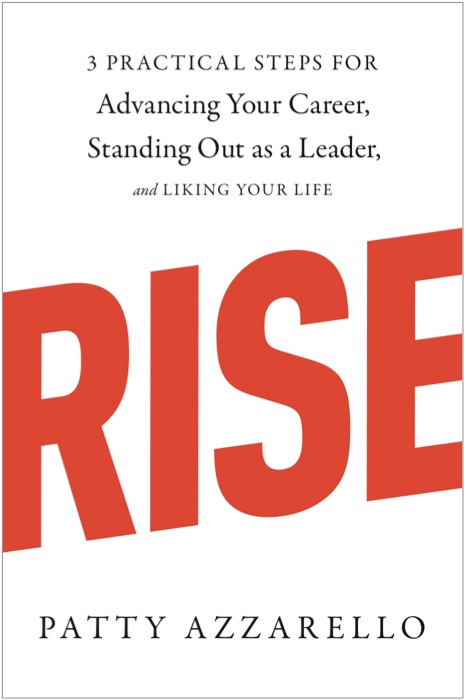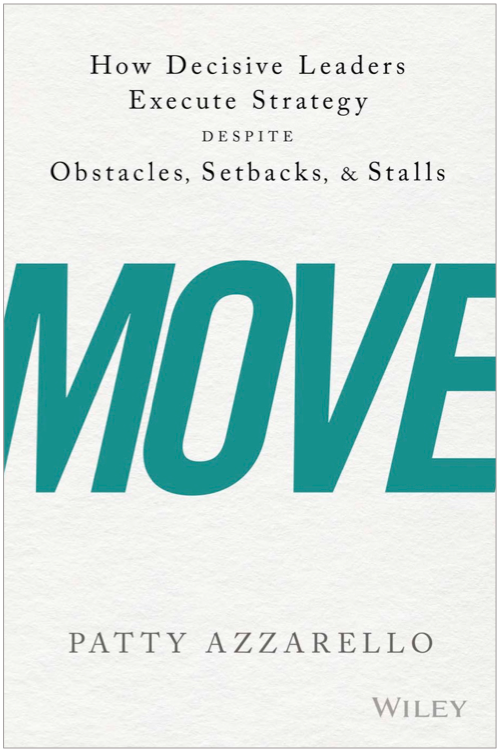What is an org chart for?
People usually think about an org chart as a way to visually represent the roles and the people in an organization.
To me this misses the bigger value of an org chart.
The value in an org chart is about understanding and communicating about the work that needs to get done and the outcomes that need to be achieved.
The fact that there are people in the boxes is secondary.
(see also: The ideal, blank-sheet org chart)
Planning time and resources
An or chart can also be a really helpful planning tool, because it is a visual and structured way to help you assess the work that needs to get done and if you’ve got it covered with a managed amount of risk.
Your 1-person org chart
Awhile back I started, in addition to creating an org chart for my organization, to create one just for myself.
Because I realized that as an executive, you also personally have many different types of jobs to do and outcomes to drive.
So I found it to be really helpful to draw my 1-person org-chart that showed all the stuff I was on the hook for.
Here’s an example:
Prioritize Better
Once you get it all in one place and realize how many different types of outcomes you are responsible for, you have a lot more power to plan, manage and negotiate your workload and the resources that need to be added to your team.
In addition…
You can begin to prioritize and budget your time across these categories on purpose.
You can make sure that you are not getting too stuck on one area and missing another critical area entirely.
Negotiate Better
Another benefit of having this org-chart view of your personal workload is that it is a great way to negotiate your work with your manager and your team and your peers. It helps you be really clear about what outcomes you are personally driving and why.
It also makes a great visual tool for either offense or defense when dealing with an unreasonable workload.
An example: You are not getting a TBH approved
If you have TBH, which is not approved, and you as the manager, are the one currently doing the work, the most dangerous thing you can do is to just keep doing the work.
No one cares that you are killing yourself to keep afloat. Your company can absorb an unlimited amount of work from you and not really care.
If you are covering the work personally, and working evenings and weekends to do so, it’s important to realize that you are only proving that you don’t really need that hire – the work is getting done.
Don’t get stuck
The other thing that is dangerous about this (other than dying from it) is that others begin to see you in that job–the lower level job… Forever after. They expect you to keep doing all the work.
The trick here is to make sure that your team overall is delivering results, but not to get stuck personally with that workload permanently.
And to do that, while you might need to temporarily cover for work that you should be delegating because there is no one to do it, you can’t let it stick to you.
This “draw your org chart” approach can come to the rescue.
You draw the org chart for your role at the top level, showing all the important managerial work you need to be doing. And then you create another one for all the work that the missing person needs to do.
One key trick here is to:
Show your job (1) and the extra work (2) as different, separate jobs
Once you draw your org chart for your job and you show separate boxes for the extra work, you clearly define them as different jobs.
You can also show the un-covered or at risk areas in red, which is a really strong way to communicate that the workload is not doable, and there will be risk without additional resources.
Then you can start saying things like, “In addition to all the things I am doing in my real job, I have been trying my best to cover the most important 25% of the things in the missing person’s job. But it’s not all getting done, and it is not sustainable for me to keep doing this. We need to hire the person for this second job.”
Saying NO, AND gaining credibility
By creating an org chart based on tasks and outcomes, you give yourself a lot of power to work in a way that is more reasonable.
I always say that it is much more impressive to talk about what you ARE doing, not what you are NOT doing.
Just saying, “No, I can’t do that” is not very impressive!
But if you can pull out your org-chart description of all your jobs, you can say, “look at all the stuff I AM doing”, and people can better appreciate the importance of your contribution.
Create positive visibility
Communicating in this way is also a very good way to make your work visible without seeming annoying or self promoting.
By sharing the complete context of your role when you talk with others, they will be able to see all the things you are doing behind the scenes which are building capacity and reducing risk, and adding value — which might not be otherwise obvious from their infrequent interactions with you.
What’s the different between this approach and a job description?
In my experience, job descriptions tend to list theoretical responsibilities. They tend to be long and have a lot of text.
The 1-person org chart has the benefit of being simple and graphical. It’s more concrete. It’s easier to understand quickly, and therefore it is a much better communication tool.
And if it is task-outcome oriented, it becomes a good sales tool for getting resources to get the things done that are in the boxes.
What do you think?
Join the conversation about this on my Facebook page Patty Azzarello Practical Business Advice for Humans.
Patty Azzarello is an executive, best-selling author, speaker and CEO/Business Advisor. She became the youngest general manager at HP at the age of 33, ran a billion dollar software business at 35 and became a CEO for the first time at 38 (all without turning into a self-centered, miserable jerk)
You can find Patty at www.AzzarelloGroup.com, follow her on twitter or facebook





